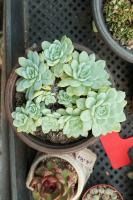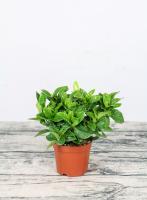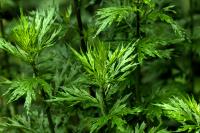1、 Cryopreservation
The most commonly used preservation method of yam is low-temperature preservation. If the climate is relatively warm, it will begin to sprout. Although there is no harm after sprouting, it will consume its nutrients and reduce its nutritional value. Generally, put it in the sunny place to see the light and dry the water on the surface. Then wrap it with a newspaper, put it in a bag outside and store it in the refrigerator. This can prevent its epidermis from turning black, and then take it out when you want to eat.
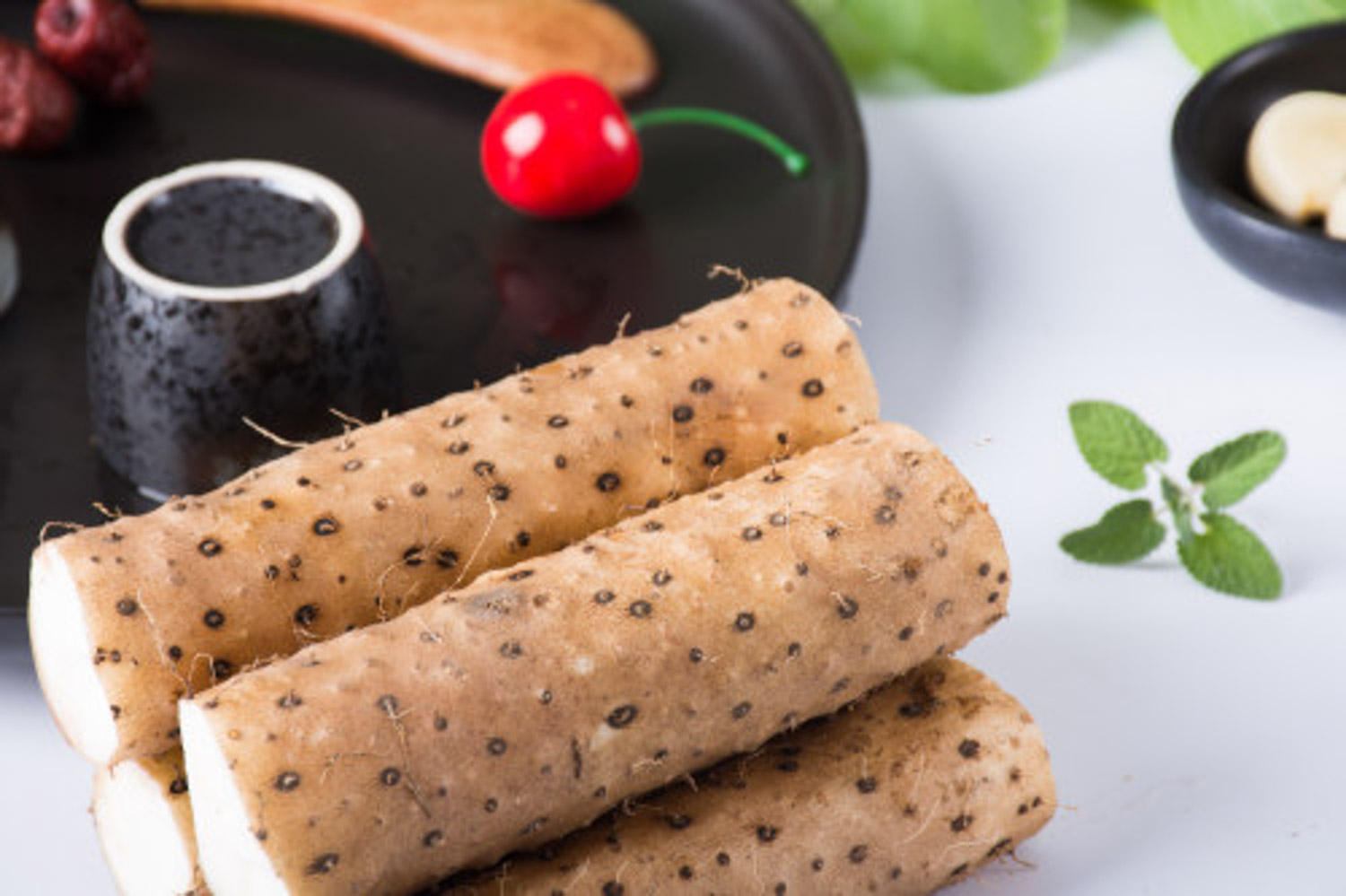
2、 Cool and ventilated
If there is no space for storage in the refrigerator, it can also be stored in a cool and ventilated environment. The reason is the same. It depends on low temperature to inhibit its growth. In addition, if the storage place is wet, it is easy to germinate, so it must be kept dry. Although the preservation effect of this method is also good, it is not a special refrigeration equipment after all, and the environmental humidity is not easy to control. Therefore, it can only be stored for 10 days, and it will turn black after a long time.

3、 Rice wine soaking
The main reason for yam blackening is the oxidation of the incision. Therefore, if you want to store it for a longer time, you must keep the incision out of contact with the air. You can break it, soak it in rice wine at the incision, and then dry it with a hair dryer, which can promote wound healing. Then wrap it in a napkin and put it in a cool place, which can be kept for several months.
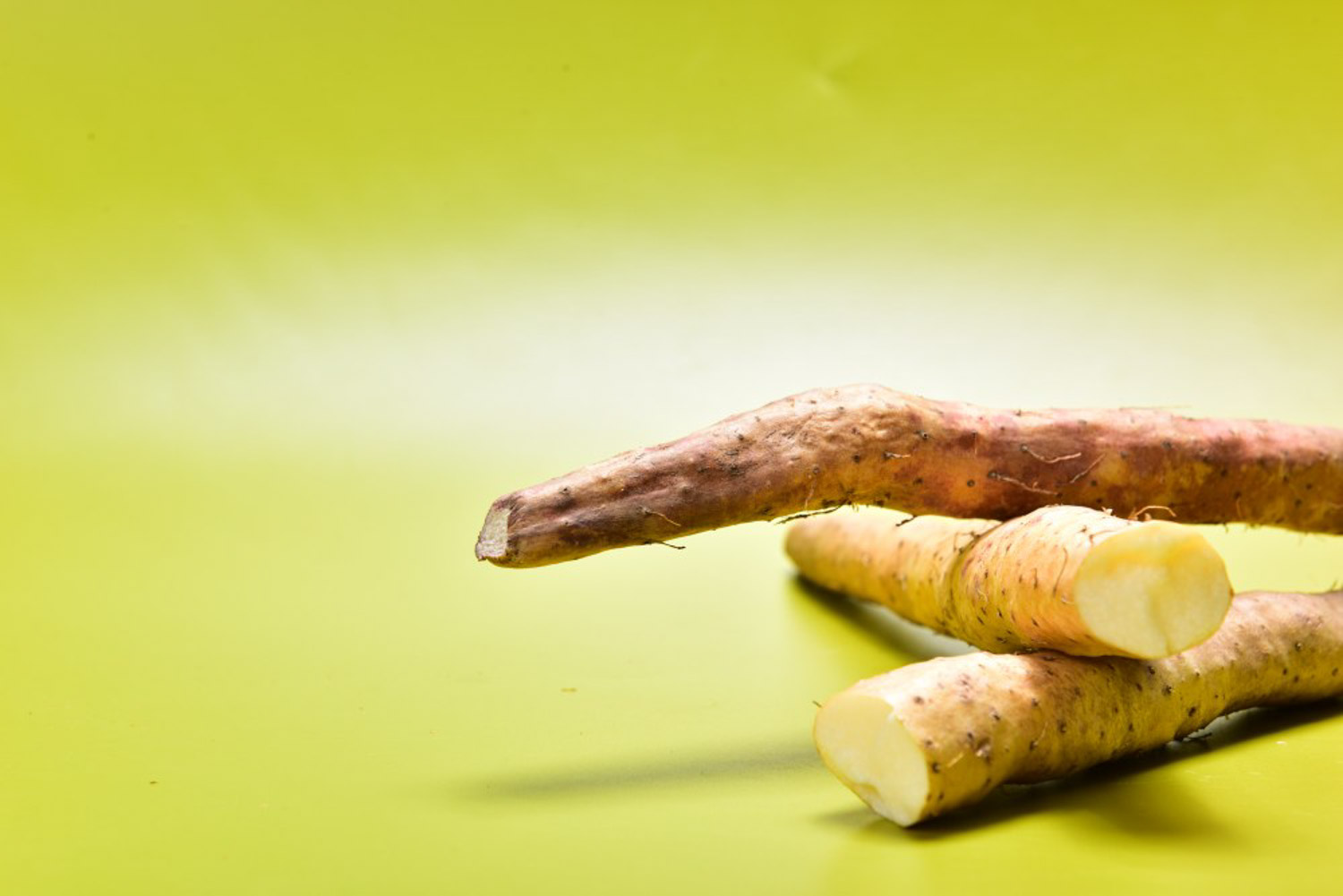

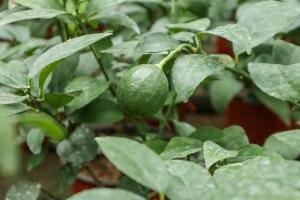 The efficacy and fun...
The efficacy and fun...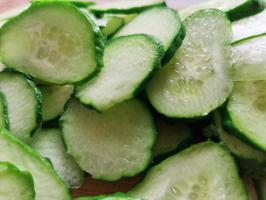 The efficacy and fun...
The efficacy and fun... The benefits of eati...
The benefits of eati...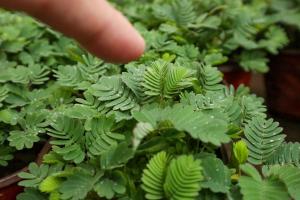 Why is Mimosa called...
Why is Mimosa called...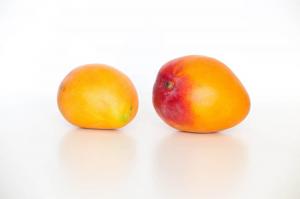 What can't mango be ...
What can't mango be ...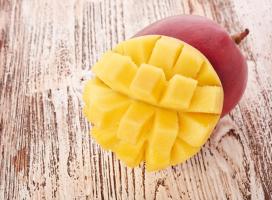 The efficacy and fun...
The efficacy and fun...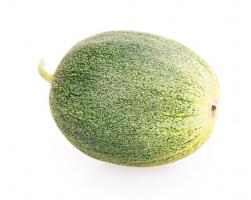 Is watermelon a frui...
Is watermelon a frui...


